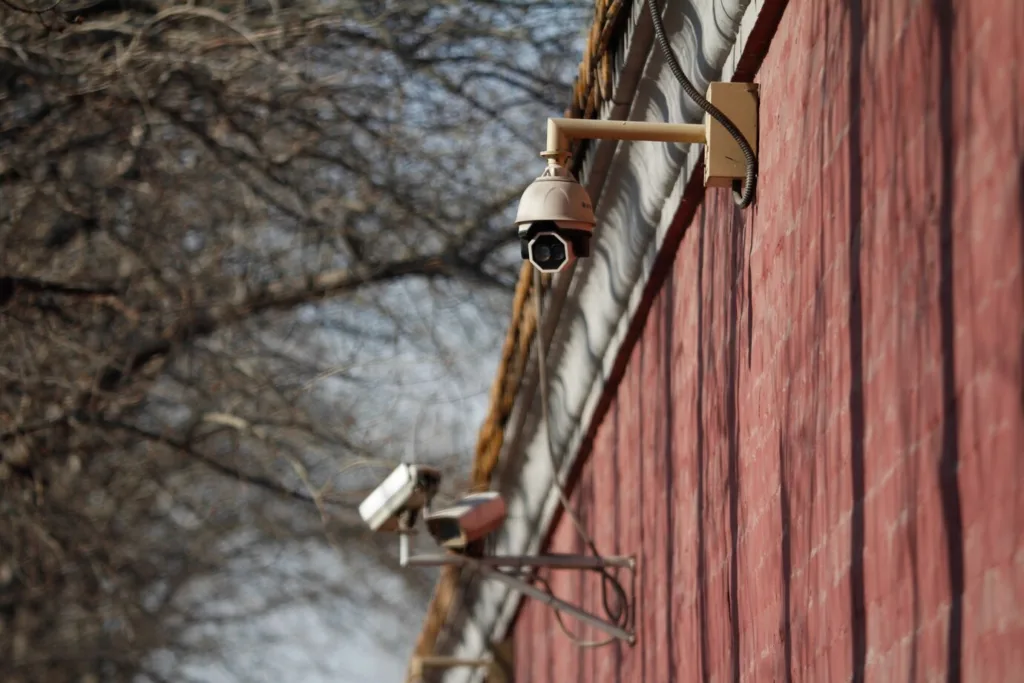How To Secure Outdoor Areas With Security Systems

Ensuring the safety of outdoor spaces has become increasingly important in today’s fast-paced world. Whether it’s a residential property, commercial establishment, or public space, implementing robust security systems measures is essential to deter potential threats and protect both people and property. In this guide, we will explore great ways to secure outdoor areas using advanced security systems.
Comprehensive Surveillance Security Systems
Investing in a comprehensive surveillance system is the foundation of outdoor security. High-resolution cameras strategically placed around the premises provide real-time monitoring and evidence in case of an incident. Consider using weather-resistant infrared cameras for day and night surveillance, covering critical points such as entrances, parking lots, and perimeters.
Smart Lighting Solutions
Well-designed lighting can be a powerful deterrent to intruders. Implementing smart lighting systems not only enhances visibility but also conserves energy. Motion-activated lights are especially effective in detecting movement and illuminating dark areas. Integrating these systems with security cameras ensures clear footage even in low-light conditions.
Perimeter Security Measures
Establishing a secure perimeter is crucial for outdoor security. Fencing, gates, and barriers act as physical deterrents, restricting unauthorized access. Install sensors on gates and fences to detect any tampering or breaches. For added protection, consider using electric fences or barriers that provide an extra layer of security.
Access Control Systems
Managing and monitoring access points is vital for security. Implement access control systems, such as keycard entry or biometric scanners, to regulate who can enter specific areas. These systems not only prevent unauthorized access but also track movement, providing a detailed log of individuals entering and exiting the premises.
Intrusion Detection Technology
Intrusion detection systems use sensors to identify unauthorized entry into restricted areas. These security sensors can be placed on windows and other vulnerable points. When triggered, the system immediately alerts security personnel or triggers an alarm, allowing for quick response and intervention.
Remote Monitoring and Alerts
Advancements in technology enable remote monitoring of security systems. Connect surveillance cameras, access control systems, and sensors to a centralized monitoring station. It allows safeguarding personnel to keep an eye on the premises in real-time and receive instant alerts for suspicious activity or security breaches.
Integration with Home Automation
Integrating security systems with home automation technology enhances overall efficiency. Connect outdoor security cameras, lighting, and access control systems to a centralized smart home hub. This integration permits users to monitor and control security features remotely through smartphones or other devices.
Regular Maintenance and Upgrades
To ensure the continued effectiveness of outdoor security systems, regular maintenance and upgrades are essential. Schedule routine checks of cameras, sensors, and other components. Update software and firmware regularly to patch security vulnerabilities and ensure optimal performance.
Conclusion
Securing outdoor areas with advanced security systems is a proactive and effective approach to safeguarding property and individuals. By combining surveillance, access control, and smart technologies, property owners can create a complete security infrastructure that not only deters potential threats but also provides a quick and instant response in case of emergencies. Stay ahead of security challenges by investing in the latest technologies and regularly updating your outdoor security systems.

